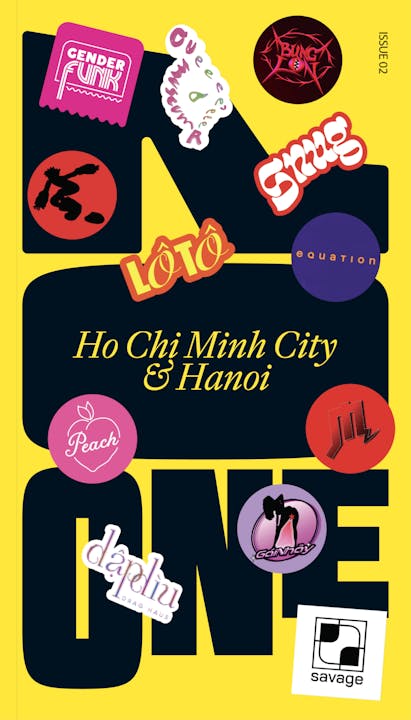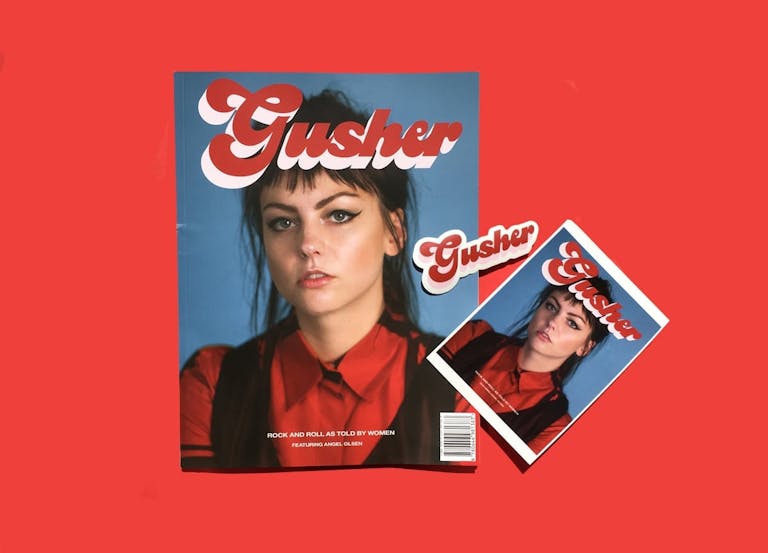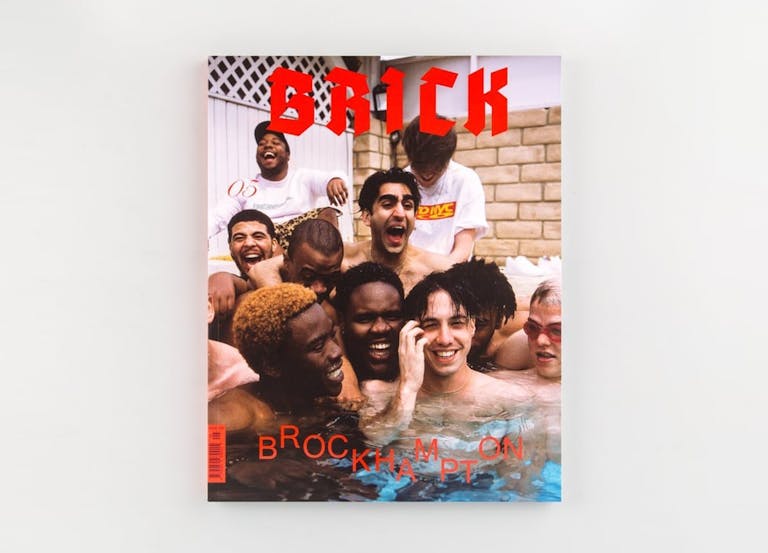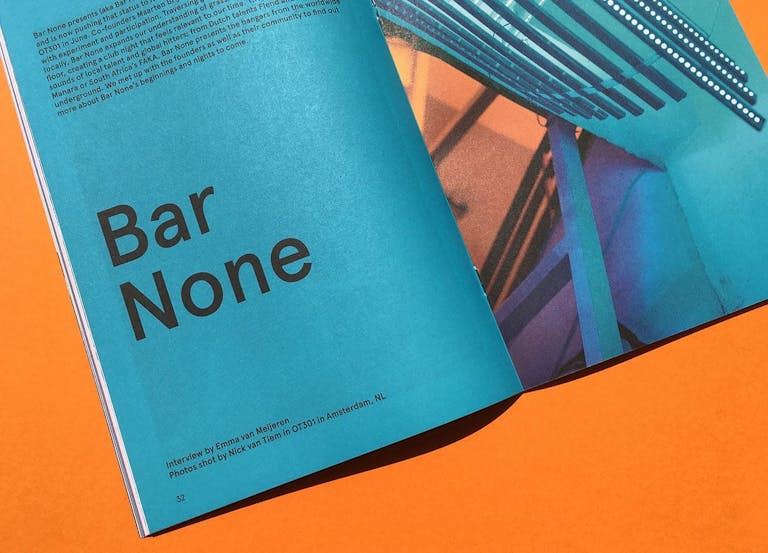Borshch issue 5
Delivered to Stack subscribers in
Nov 2019

Borshch feels like it’s come straight from Berlin’s darkest dancefloors. In her introduction editor-in-chief Mariana Berezovska begins by asking what people are looking for when they enter the “sweaty basements and concrete cathedrals” that house experimental electronic music, locating us immediately in the Berlin of Berghain and Tresor and its many other bars and clubs. This issue is built around the theme of ‘dark side’ and the editorial works to understand what darkness means in music. Its focus on electronic music stretches well beyond the dancefloor, pulling in adjacent ideas and interests.
Name
Mariana Berezovska and Tiago Biscaia
Job title
Founders
What is Borshch?
Borshch is a magazine for electronic music on and beyond the dancefloor. It’s a space to provoke open dialogues and challenge established ideas about making, listening, and dancing to music. Through physical and digital formats, Borshch discusses the artistic, social, and political impact of electronic music on contemporary culture in and outside the club settings. The print edition of the magazine is published biannually.
What makes it different to the rest?
It’s a magazine dedicated to electronic music and the culture around it with a strong focus on artistic aspects of music production. Our creative direction departs from the present-day club aesthetics aiming for timeless editorial design and natural photography outside of a studio or club setting. This approach is somewhat rare among music publications.
Who makes Borshch?
Borshch creative directors are Mariana Berezovska and Tiago Biscaia. Mariana and Tiago founded Borshch in Berlin in 2017. Every issue Borshch involves new people and contributors from writers to photographers. Besides regulars on Borshch, we’ve had interesting contributions from musicians like Marie Davidson and Jeff Mills.
Who reads it?
Everyone interested in electronic music and its connection to visual art, design, politics, and technology. People for whom electronic music is a part of their lifestyle not only when they go clubbing but also in their everyday life. Also, a big part of our readership got to know the magazine through their interest in graphic design and print publications.
Why do you work in magazines?
We both really enjoy magazines as a medium. In our times of uncontrollable flow of content and information, it’s important to have an anchor or a punctuation mark. To have a fresh critical view on familiar subjects. Making a print magazine also comes with many limitations of form and content. A print magazine provides curated space where one cannot scroll down endlessly. And this is where a limitation becomes a possibility to sharpen focus on one specific topic and make a statement on a defined number of pages. And a sharp focus is a rare thing these days.
Also, of course, we both have admired electronic music for years, and it’s a great pleasure to contribute to this culture, discover new names, and question some established views that we do not always agree with.
Aside from the print magazine, what else are you involved in?
We both have day jobs and work on other projects too. Mariana works as a communication manager at design and art studio in Berlin, and Tiago works as a freelance designer and art director in Berlin and Lisbon.
What would you change about Borshch if you could?
We’d love to have a permanent office where we could meet up with our contributors and collaborators, organise our own events and workshops, and have space for people to come over and see first hand how Borshch works. And also we’d like to have a bigger editorial team.
Where do you see Borshch in five years?
Editing and designing next issue about electronic music and club culture in Brazil where we just finished our half-year residency. Sitting in our Berlin-based office with a nice sound system, industrial feel, and warm lighting.
Delivered recently by Stack
A different independent magazine delivered every month from £12. Sign up today and discover a new world of reading outside the mainstream...
Subscribe to Stack now See 17 years of magazines








